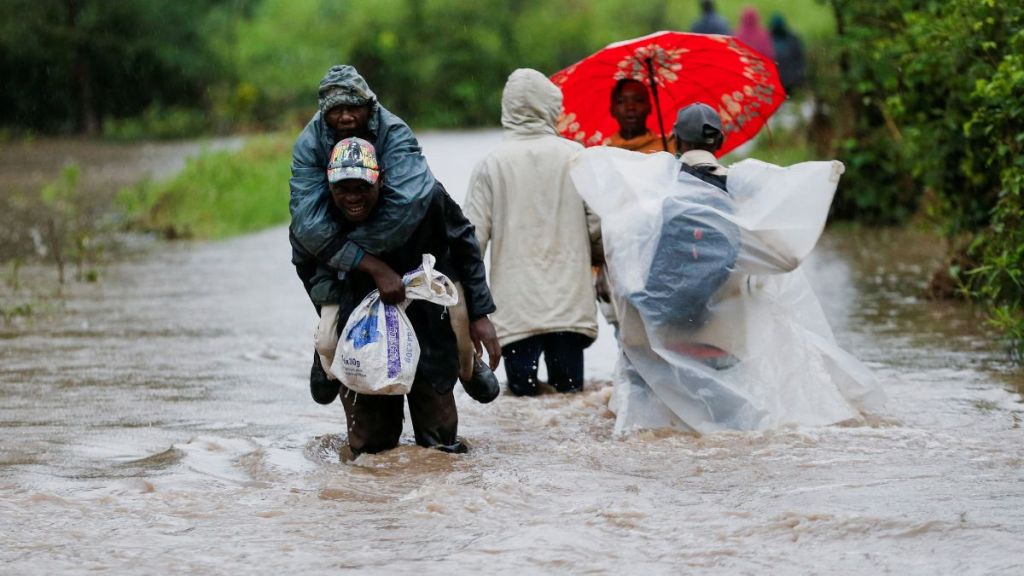The India Meteorological Department (IMD) on Monday predicted heavy rainfall over Konkan, Madhya Maharashtra, coastal Karnataka, parts of central, northeast and adjoining eastern India and Uttar Pradesh over the next five days.
The “active’ phase of monsoon progress, which commenced a fortnight ago, has already wiped out the 10% deficit witnessed in June. Till Monday in the current monsoon season, the rains stood 2% above the benchmark long period average.
Monsoon rains between 96% to 104% of LPA is considered normal. The current figure is 102%.
With the exception of central India, where rainfall received so far was 5% below benchmark till Monday, rest of regions – northwest (10.8%), south peninsula (12.8%) and northeast (1.2% have received ‘above normal’ to normal rainfall.
According to met department data, western and central regions including Rajasthan, Gujarat, Maharashtra, Madhya Pradesh have so far received ‘normal’ rainfall. In addition Karnataka, Telangana and parts of northeastern states have also received normal rainfall during June 1 – July 8.
However eastern regions especially in Jharkhand, Chhattisgarh and Odisha, cumulative rainfall have been ‘deficient’. IMD has stated that Tamil Nadu, Andhra Pradesh, Uttar Pradesh and Ladakh have received ‘excess’ rainfall.
More than 68% of the total 729 districts have received rainfall in excess to normal range this monsoon season. Experts say that rainfall during July and August is crucial for giving boost to kharif crops sowing and increasing water table in reservoirs.
In May, IMD had reiterated its April’s forecast of ‘above normal’ monsoon rainfall (April-June) at 106% of benchmark average during June-September this year with 92% chances of the rains being in the “normal-to-excess” range.
Nearly half of the country’s farmland depends on monsoon rains for cultivation of kharif crops – paddy, pulses and oilseeds. In addition, adequate monsoon rains also provide sufficient soil moisture for sowing of the rabi or winter crops — wheat, pulses and oilseeds.
Sources said that prospects of higher output of rice and sugar due to surplus monsoon rains may allow the government to relax curbs of exports of these commodities.


